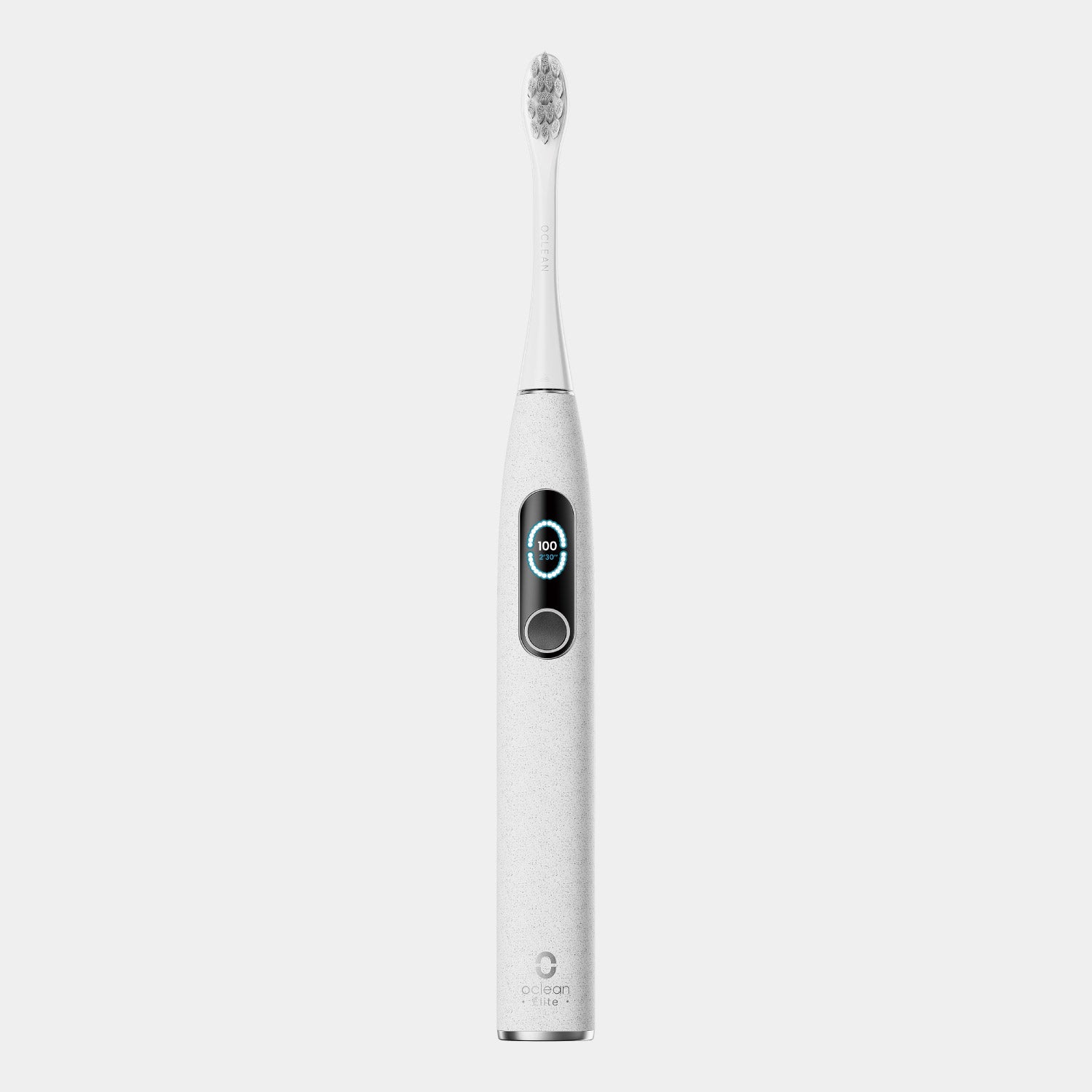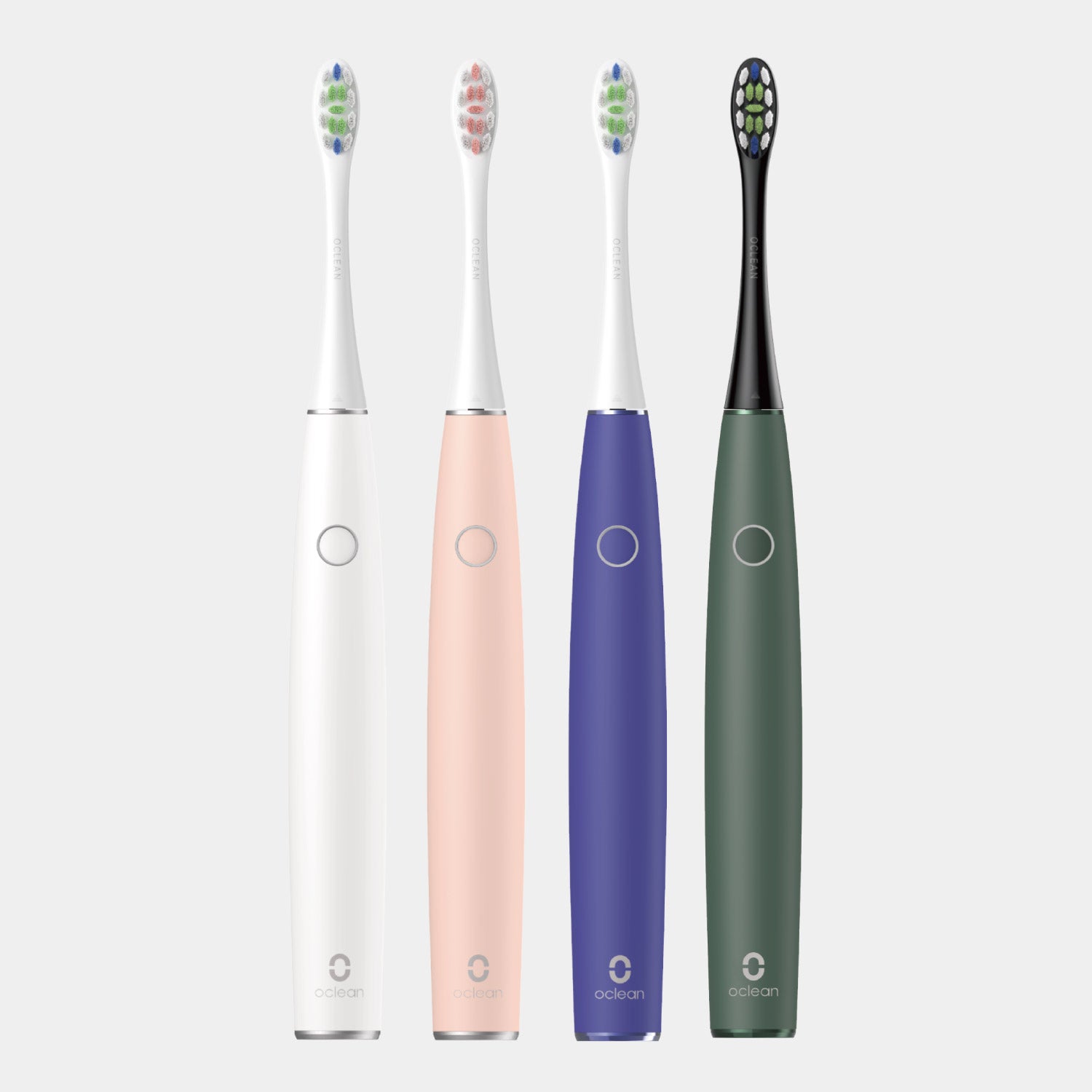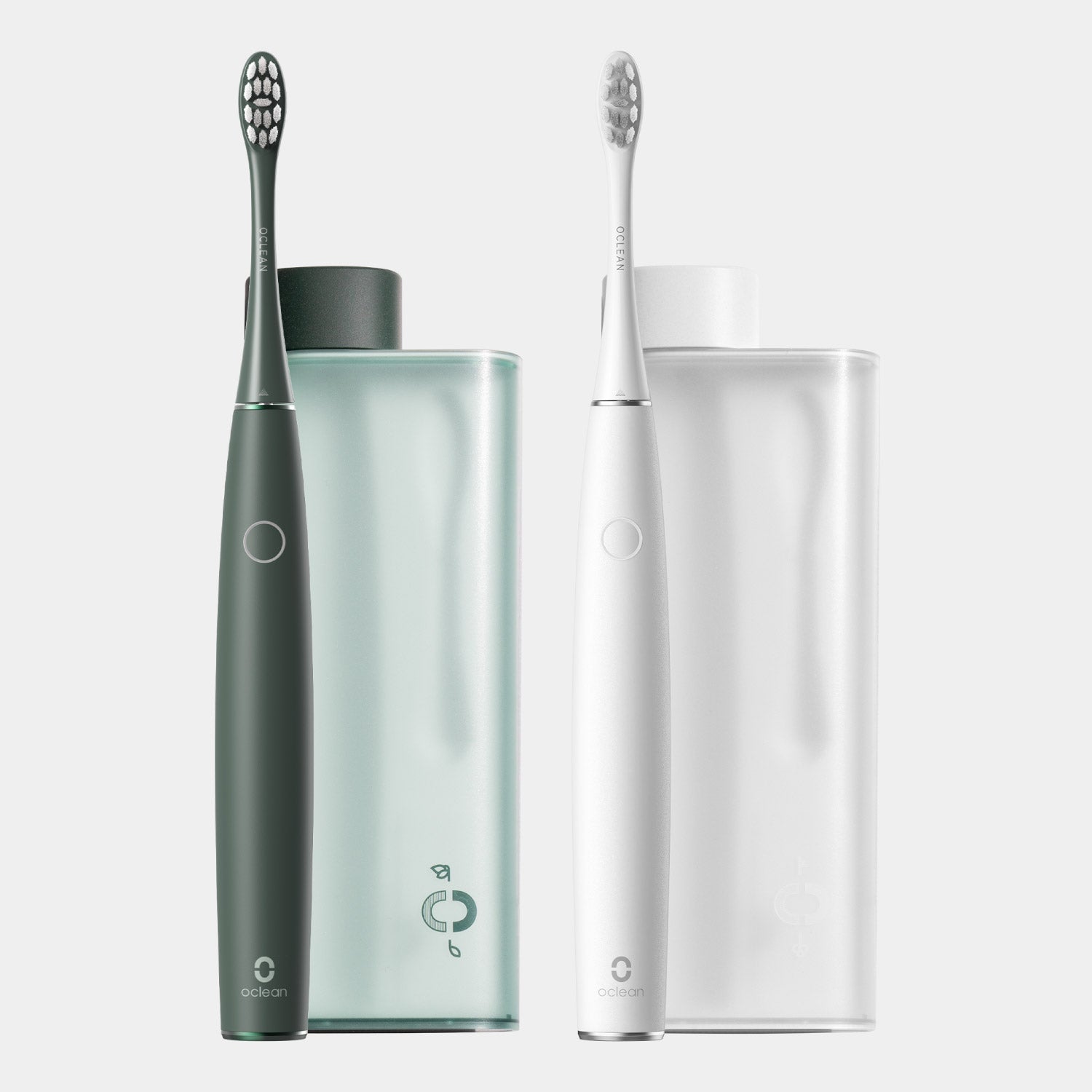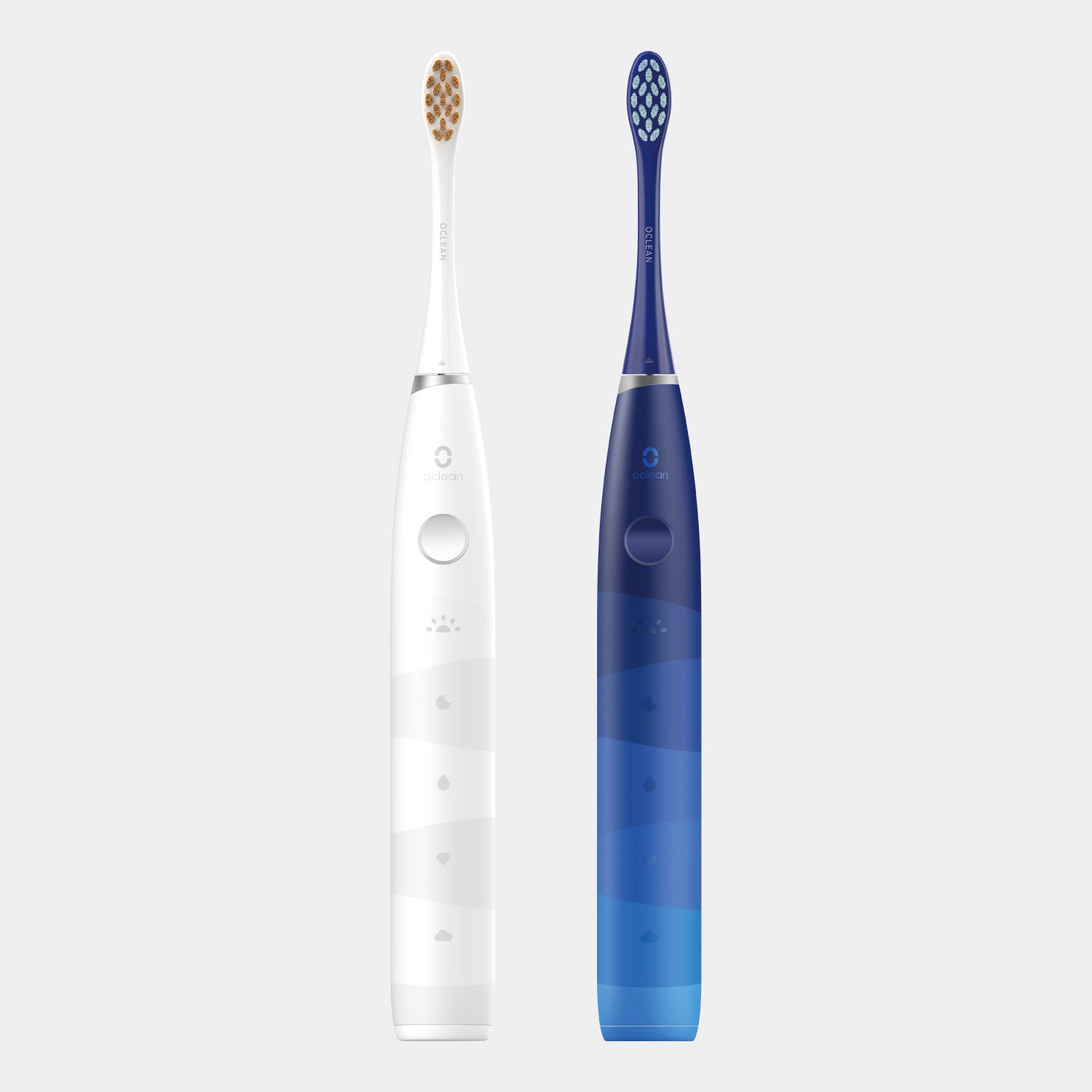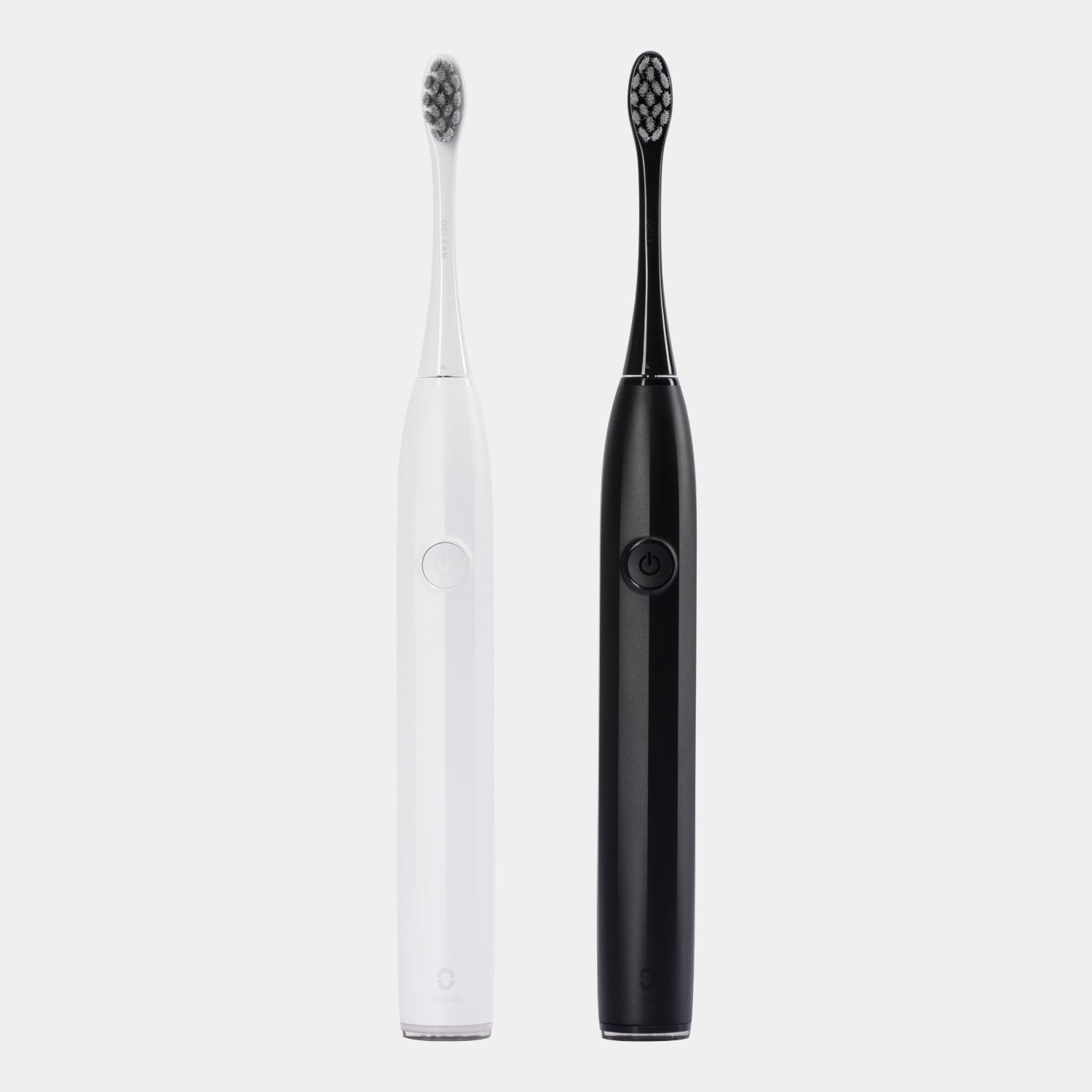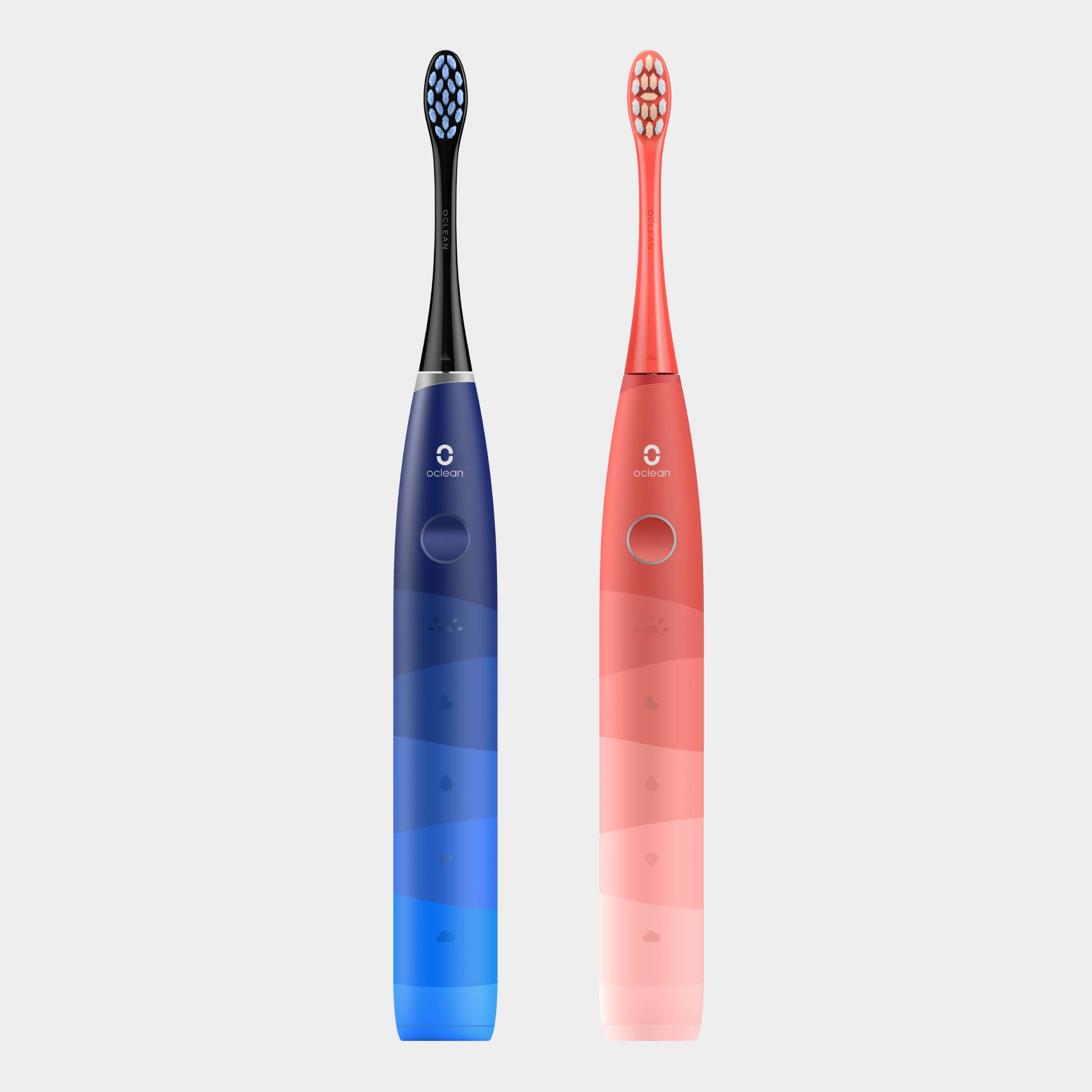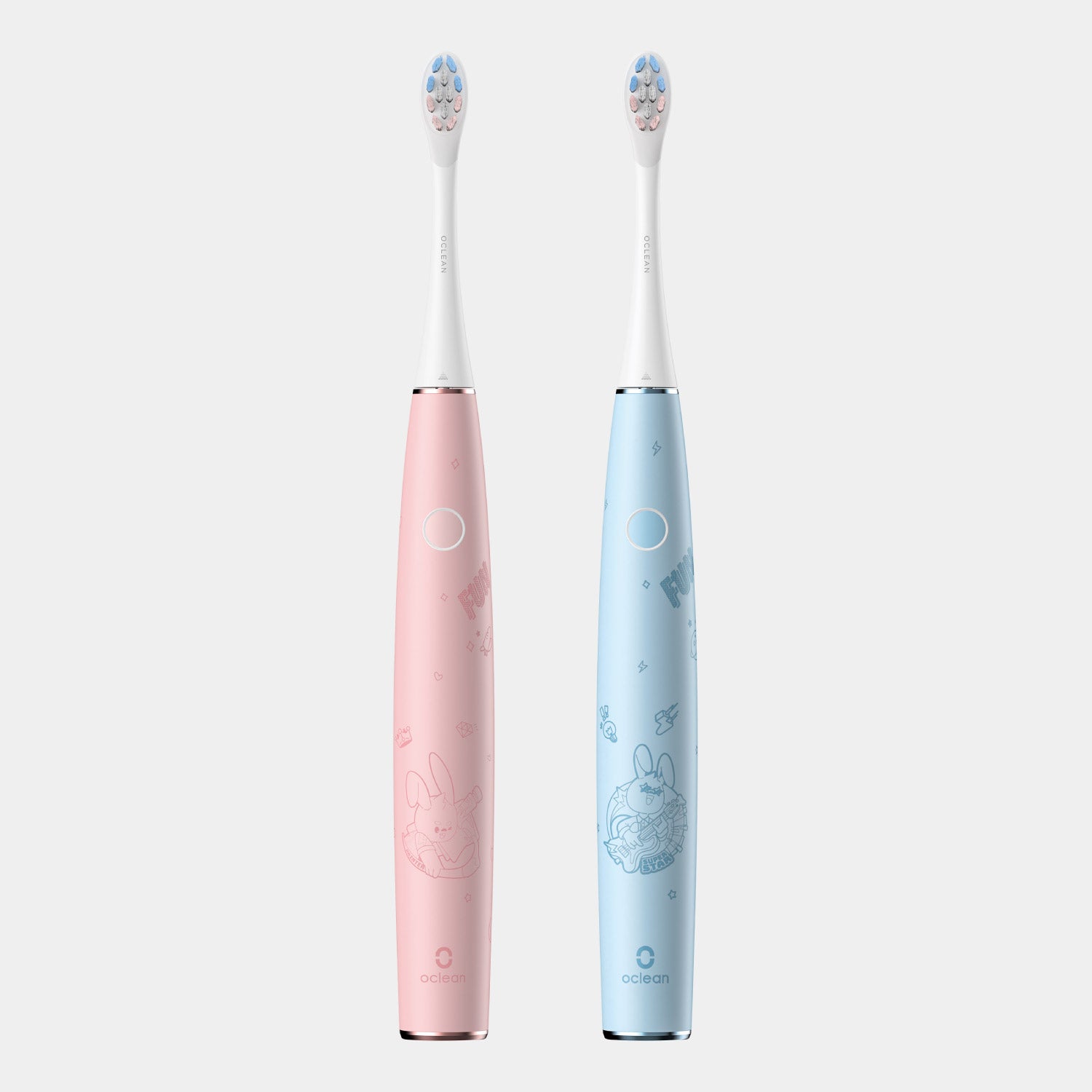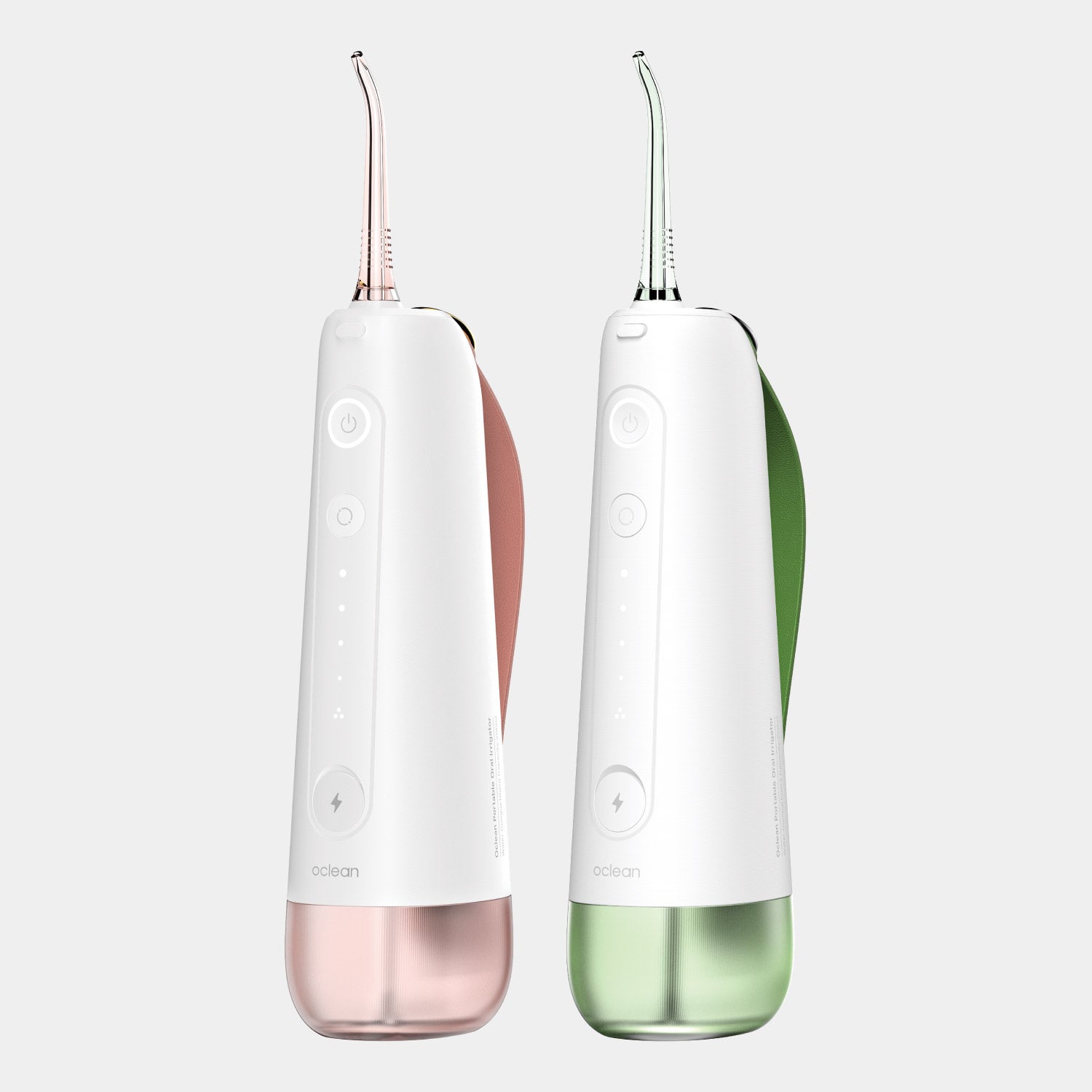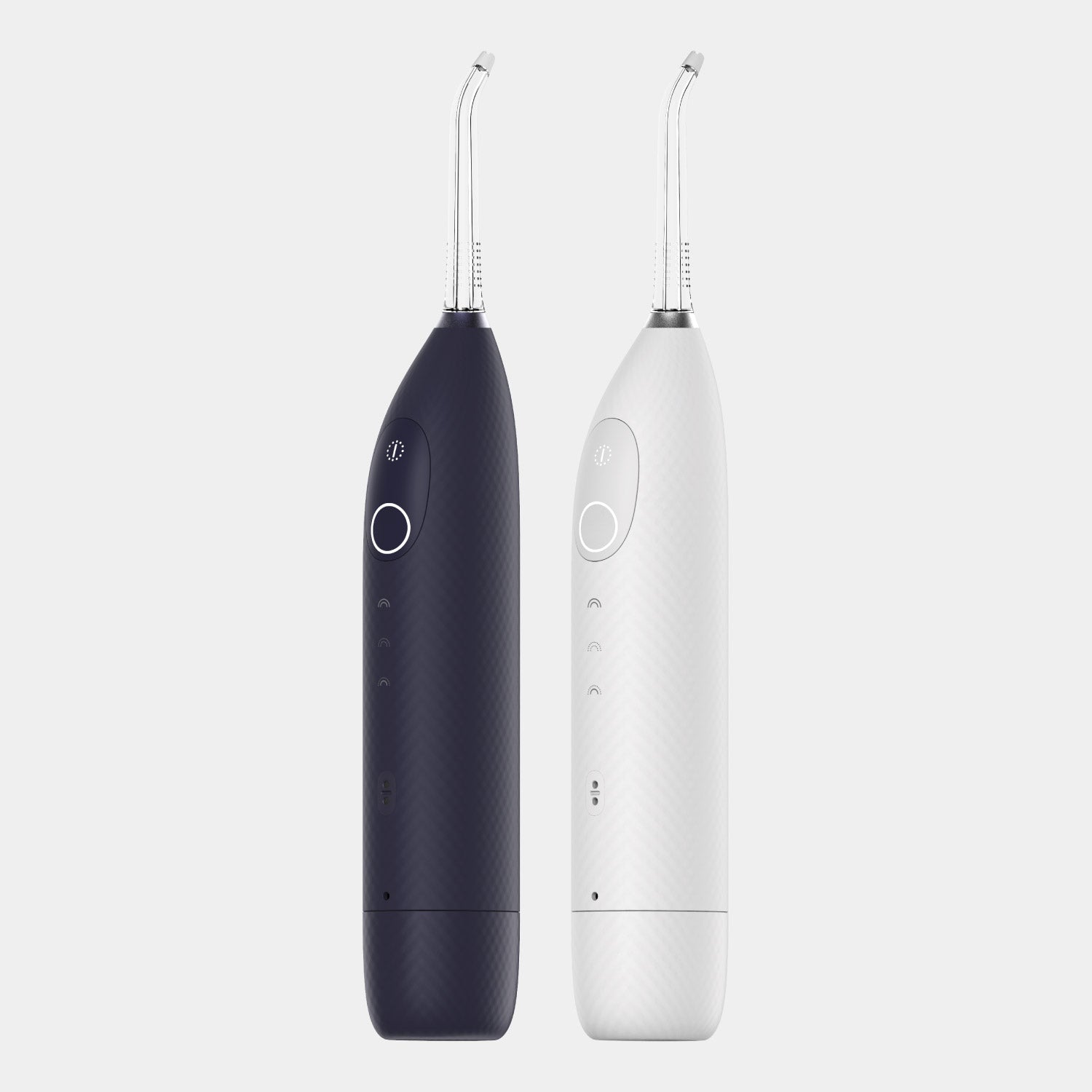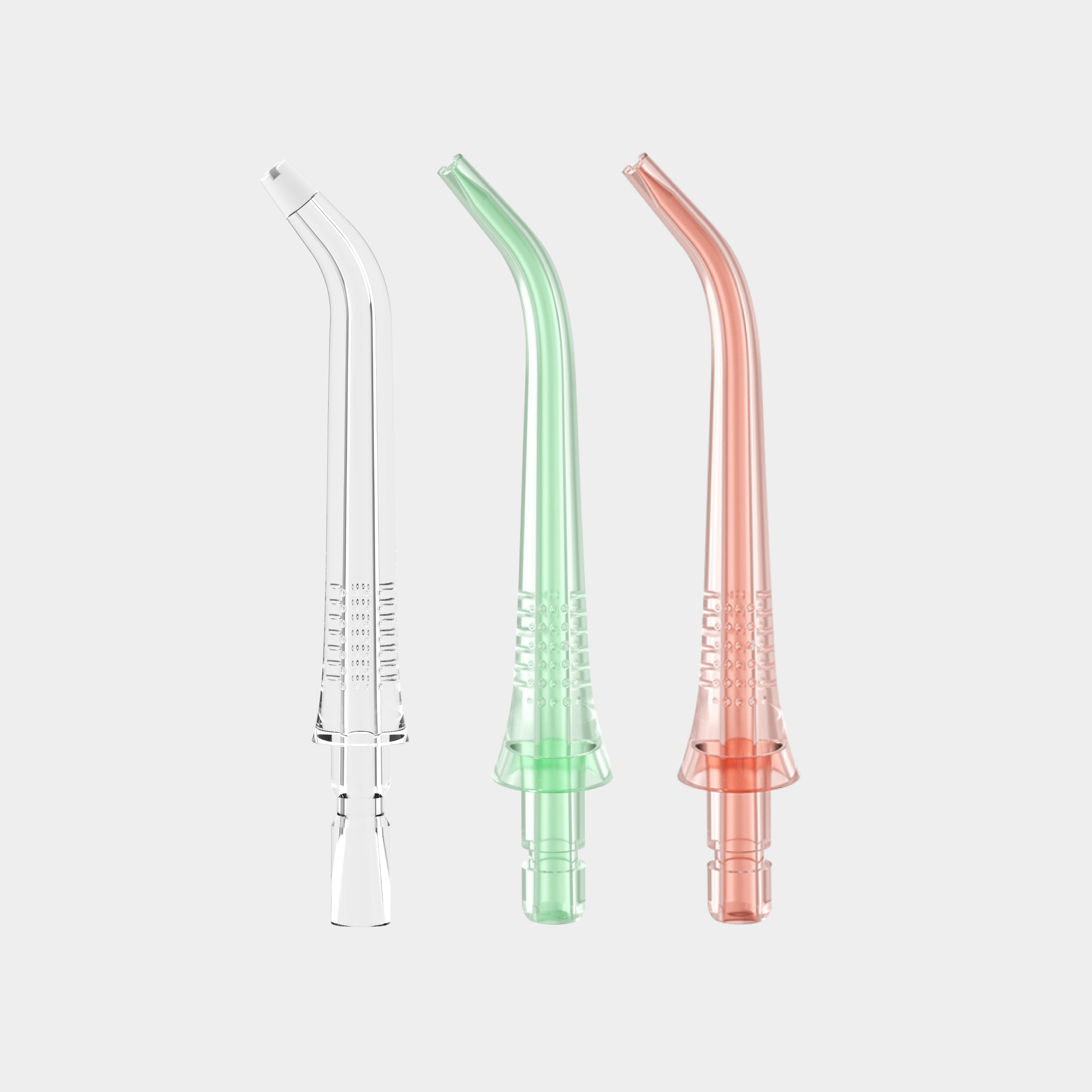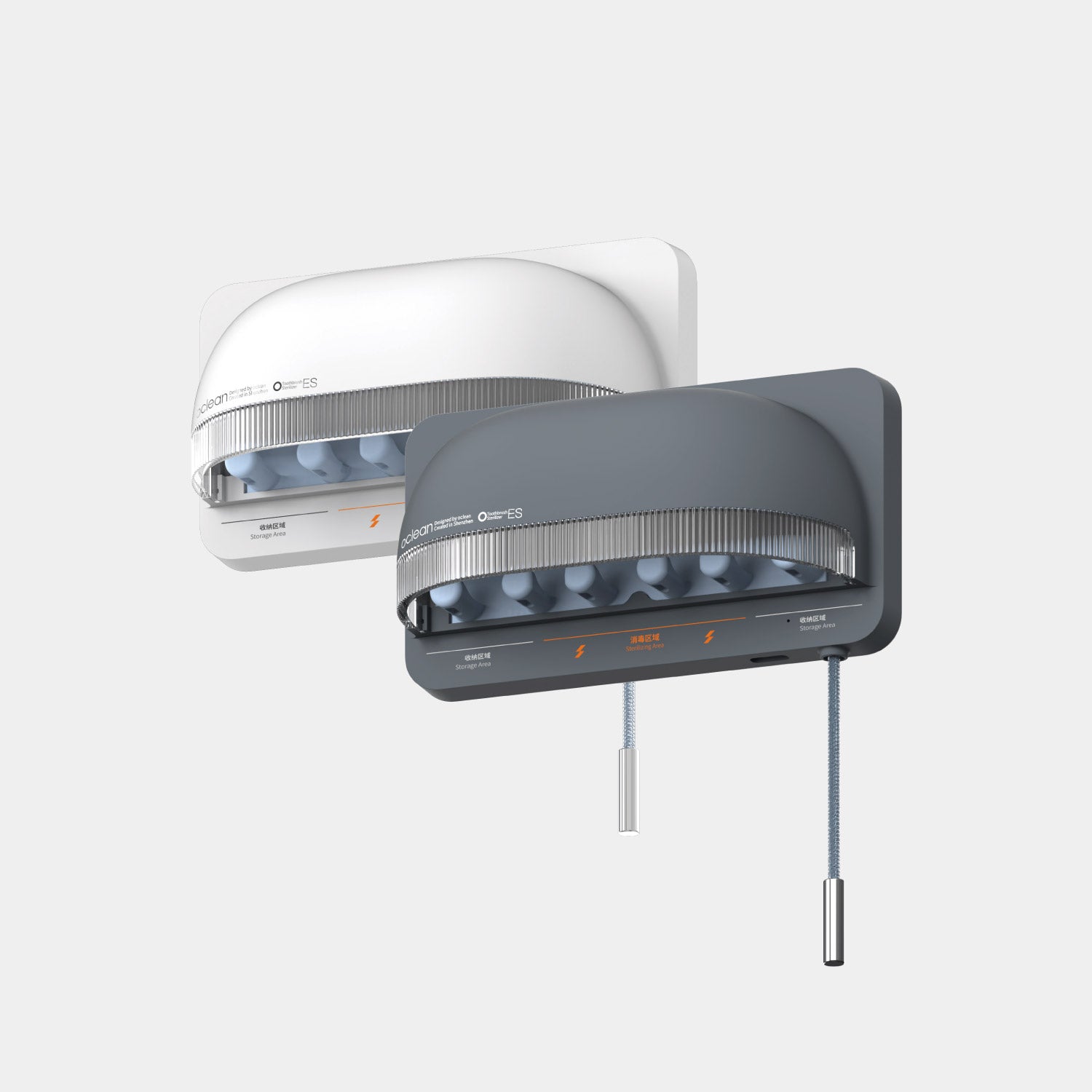Do you love soda? However, due to extraction of tooth you don’t know when and how to drink soda again! No worries! Tooth extraction is just a common dental process performed for a variety of reasons, such as resolving overcrowding, treating decay, or removing impacted wisdom teeth. Whereas the procedure itself is clear-cut, post-operative care is important to avoid complications and ensure a smooth recovery. From the main queries of the patients, one stands out: "When can I drink soda after tooth extraction?" This comprehensive guide dives deep into the process of tooth extraction healing and the possible impact of carbonated beverages on your recovery journey.
According to a study in U.S , male (80.8%; mean age 44.4 years), on average had usedmethamphetamine (MA) for 11.6 years, they drank an average of 35.3 sodas per month. The use over the past 30 days was significantly associated with soda consumption. Increased years of MA use was associated with the increase in the difficulty eating, and dry mouth of users reporting less satisfaction with life because of their teeth. This is the first study to show an association between MA use and sugared soda consumptionand its effect in oral health.

Why Is Post-Extraction Care Crucial?
After the extraction, post-extraction care is absolutely crucial to ensure a smooth recovery. The surgical site becomes sensitive and it needs a lot of care for a certain time. Proper care helps in control bleeding, prevent infection, protect the delicate tissues, and minimize the risk of dry socket, a painful condition that can occur if the blood clot in the socket dislodges. Additionally, maintaining a proper oral hygiene and avoiding certain foods and habits can reduce inflammation, swelling and pain. Post-extraction care includes more things to do rather than just following a list of instructions from your dentist because at that time body needs time to heal. It's a crucial step to protect the delicate area and prevent serious complications. Here are the key reasons why proper care matters:
1. Preventing Dry Socket
For the protection of the underlying bone and nerves, naturally a blood clot forms at the site of the extraction. If this clot becomes dislodged, then there is a risk of developing dry socket, that is a painful condition which uncovers the bone and delays healing.
2. Avoiding Infections
The surgical site becomes susceptible to bacteria, for this reason, it is essential to maintain good oral hygiene, despite the fact avoiding actions that could bring in harmful microbes.
3. Promoting Faster Healing
By follow up the guidelines of post-operation that a dentist gives, you can minimize the discomfort and enhance the rate of the healing, which allows you to return to your normal routine sooner.

The Role of Carbonated Drinks in Recovery
Carbonated drinks such as soda, that are drunk by all over the world with a great desire might seem harmless, but they pose serious risks during the post-extraction healing condition. The bubbles in soda are created by carbon dioxide, which can hinder the stability of the blood clot and aggravate the sensitive tissue around the extraction site.
So, when is it safe to indulge in your favorite fizzy drink? Let's break it down.
When Can You Safely Drink Soda After Tooth Extraction?
After a tooth extraction, the general consent among dental professionals is to avoid soda for at least 48 to 72 hours. However, this timeline can differ depending on person to person. Here are some important considerations:
1. The Complexity of the Extraction
- Simple Extractions:If you have a straightforward removal of a tooth, then possibly your recovery time may quick, and you might resume drinking soda sooner (around 2 to 3 days).
- Surgical Extractions:For more invasive procedures i.e. the removal of impacted wisdom teeth, the healing process takes longer. In the given cases, for consuming carbonated beverages, you may need to wait a full week or more.
2. The Stability of the Blood Clot
Soda's carbonation can displace the blood clot that is on the extraction site for healing and preventing the exposure of bone from the extraction site, potentially leading to dry socket. To prevent this critical situation, it's crucial to ensure that the clot has had sufficient time to become stable. If you're unaware or don’t know about your recovery progress, consult your dentist before resuming soda.
3. Individual Healing Rates
Everyone has a different level of immunity and overall body process. Eventually, every body heals at a different pace. Factors such as overall health, age and observance to post-operative care instructions can decide how quickly you recover. Pay attention to your body's signals, avoid soda, and take a good care if you notice discomfort or signs of delayed healing.

Tips for a Smooth Recovery
To reduce or prevent from the risk of complications, speed up your healing through these tips:
1. Stick to Water and Soft Foods
For the first 24 to 48 hours, hydrate your body with water and consume soft, non-spicy foods like yogurt, mashed potatoes, and smoothies.
2. Avoid Hot or Acidic Beverages
Hot drinks and acidic beverages, such as coffee, tea and orange juice, can aggravate the surgical site. Fix to lukewarm and avoid cool drinks to prevent discomfort.
3. Practice Gentle Oral Hygiene
Hygiene is always a priority for a healthy life. However in certain cases it becomes more crucial i.e. to keep the surgical site safe from unnecessary particles and harmful bacteria, rinse your mouth gently with a saltwater solution for atleast 24 hours after the procedure to keep the area clean. Avoid forceful brushing near the extraction site until your dentist tells you that it’s safe now.

Signs That You're Ready for Soda
Before reaching for that bottle of soda, look out for these signs that shows your extraction site has healed well:
- Reduced Swelling and Pain:If the discomfort and swelling have significantly subsided, it’s a good indicator that your wound is healing at a good rate.
- No Signs of Infection:Must ensure that there are no odd symptoms, such as excessive redness, pus or a foul taste in your mouth.
- Dentist Approval:Always consult your dentist when you found yourself in doubt. They can assess your healing process and provide personalized advice.
What Happens If You Drink Soda Too Soon?
Before knowing the condition of surgical site or ignoring it, drinking soda can have possible consequences as given below
- Dry Socket:As mentioned earlier, the carbonation in soda can displace the blood clot on extraction site, exposing the underlying nerves and bone.
- Prolonged Healing:Soda irritates the extraction site and may delay the recovery process along increase the risk of complications.
- Increased Pain:The bubbles and sugar in soda can cause cutting or discomfort in the sensitive area.

Alternatives to Soda During Recovery
If you’re craving a flavorful drink or you are a lover of soda but need to avoid soda, try these alternatives:
- Herbal Teas:Caffeine-free mild teas such as peppermint or chamomile can be soothing.
- Infused Water:Add slices of mint, cucumber, or even berries to your lukewarm water for a refreshing taste. It will also refreshes your mood and is good for gut.
- Non-Carbonated Sports Drinks:These can assist in refill electrolytes without the danger of carbonation.
- Smoothies:Fruit and vegetable smoothies offer a tasty alternative, providing essential nutrients and hydration without disturbing the extraction site.
- Fruit Juice:Fresh fruit juice is a good option, but dilute it with water to reduce acidity and sugar content, and be cautious of fruit seeds.
- Milk and Dairy Products:Rich in calcium, milk and dairy products contribute to healing and tooth strength.

When it comes to resuming normal habits after a tooth extraction, Patience is always a key. Whereas, it might be appealing to crack a soda shortly after your procedure, it is essential to give your body the time to heal by itself. you can minimize the risk of complications and enjoy a smoother recovery, by avoiding soda for at least 48 to 72 hours—or longer.
Remember, for post-extraction care, your dentist and his guidelines is your best resource. With a sense of proper care and a little patience, you’ll be back to enjoying your favorite fizzy drinks in no time!
Drinking Coke After Tooth Extraction
Coca-Cola a well-known sparkling soft drink and the other carbonated beverages can cause irritation to the surgical site. Soda also contains sugar, which can feed harmful bacteria in your mouth, increasing the risk of infection. Drinking Coke or any carbonated soft drink after a tooth extraction is highly discouraged due to various reasons that can be the cause of complications in your recovery. The bubbles in soda can cause discomfort by irritating the sensitive surgical site, potentially dislodging the blood clot. Additionally, the acidity in soda can disturb the delicate healing tissue, lead to increase in the risk of complications. For a smooth recovery, it's best to avoid soft drinks immediately after extraction and choose hydrating, non-acidic beverages instead Here’s why you should stop soft drink(coke) right after any oral treatment or surgery.
Did You Know? When Coca-Cola was created in 1886, it was originally marketed as a medicinal stimulant. Nowadays, it’s no longer used for health remedies or medicinal tonics, understanding its effects on your body—especially during recovery is crucial.

How Carbonation Affects Healing
First of all, the bubbles in Coke and other carbonated drinks are created by carbon dioxide, which can cause fizzing that react on the sensitive extraction site in a harsh way. This irritation can loosen the protective blood clot that forms after the process, resultantly, leading to a painful condition known as dry socket.
The Role of Acidity
Coca-Cola and other alike sodas are highly acidic, they have a pH level that can be as low as 2.5. This acidity can interrupt the delicate healing tissue, making it difficult for the wound to heal and close properly. It also creates a situation where harmful bacteria can bloom, increasing the risk of infection.
Sugar: Another Culprit
Besides to acidity and carbonation, the sugar’s high content in Coke can add complications to recovery or healing process. Sugar feeds oral bacteria, which can buildup plaque around the extraction site. This only not slows down healing but can also cause more oral health issues.

Fun Fact: What Makes Coke Fizz?
The dissolved carbon dioxide gas creates fizz in Coca-Cola, which escapes as bubbles when you open the bottle. While this is a fun feature of soda, and you enjoy it a little bit. However, it’s exactly why you need to avoid it during your recovery. These bubbles can disrupt the delicate healing location in your mouth.
When Can You Drink Coke Again?
Firstly, you can consult your dentist to aid in your healing progress as soon as possible. He will definitely knows your surgical condition and gives you the proper guidelines by adding the time when can you drink coke again but usually, after the initial 48 to 72 hours of healing progress you must avoid it. If the extraction site shows no signs of complications or irritation, you may slowly reintroduce soda into your diet. However, wait depends on the situation of tooth and surgery, such as impacted wisdom teeth.

Fun Fact: Global Soda Favorites
Globally, people like to drink unique sodas and enjoy it a lot. These include Japan’s melon soda or India’s masala cola and Coke . While fascinating, these fizzy drinks should still be avoided during your recovery.
Carbonated Drinks After Tooth Extraction
Carbonated drinks are a fastener for many, but they can create trouble after a tooth extraction,. Let’s take a closer look at the impact of these fizzy beverages on your healing journey:
How Carbonation Disrupts Healing
The fizz from carbon dioxide gas in carbonated drinks can create pressure in the mouth. This pressure can disrupt the protective blood clot that forms at the extraction site which is not out of danger. Devoid of this clot, the wound remains exposed, create pain, increase in the the risk of dry socket, and delayed healing.
Bacterial Growth
Mostly sodas are loaded with sugar, providing an environment for harmful bacteria in the mouth. When these bacteria multiply, they produce acids that can increase the likelihood of infection followed by irritation in the healing tissue. This advance combination of carbonation and sugar makes soda a key role in new complication during the recovery phase.
Chemicals and Additives
Carbonated drinks usually contain additives such as phosphoric acid, which can further decrease the pH of your mouth. Increase in the acidic environment in mouth not only hampers healing but also weakens surrounding gums and teeth, making it difficult for your mouth to fully recover.

Tips for Reintroducing Carbonated Drinks
Despite of all risks, If you’re eager to enjoy soda again, follow these tips to minimize potential harm:
- After extraction wait at least a week to ensure the blood clot is stable.
- Don’t drink sodas that are cold, drink at room temperature to minimize sensitivity.
- To avoid accidental pressure changes near the extraction site, use a glass or cup for drinking instead of drinking directly from the can or bottle
- after drinking soda, rinse your mouth with water to neutralize acidity and wash away sugar.
Did You Know?Dentists sometime suggest a straw for drinking purposes and also for soda to keep it away from the extraction site. However, this can backfire if suction dislodges the clot. Always follow your dentist’s advice regarding straw use after surgery.
Alternatives to Carbonated Drinks
If you’re craving something other than water, consider:
- Unsweetened iced tea
- Non-carbonated electrolyte drinks
- Flavored water with natural fruit infusions
Avoiding carbonated drinks, even temporarily, is a small sacrifice to ensure a trouble-free recovery.

Cold Drinks and Sensitivity
Cold drinks and beverages, including sodas, present a unique challenge during recovery. Here’s why:
Why Cold Drinks Cause Sensitivity
The gum tissue and its surrounding nerves are exposed and sensitive after an extraction and due to this fact, the cold temperatures can bring sensitivity and discomfort or even sharp pain in the surgical site, especially if the drink contains acidity or carbonation.
Fun Fact: Cold Sensitivity Explained
Teeth and gums are full of nerves, which send signals of pain, hot and cold when exposed to extreme temperatures. These areas become more reactive, after extraction, making cold drinks a temporary no-go.
Reintroducing Cold Drinks Safely
You can gradually reintroduce cold drinks, once the initial healing process has completed. You can take a mild start for your favorite drinks and food. Keep these tips in mind:
- Instead of ice-cold ones, take a start with mildly cool beverages.
- Until sensitivity subsides, avoid including ice to your drinks.
- Sip slowly and avoid letting the drink linger in your mouth rather than touching the extraction site.
Room Temperature Is Key
After a long wait, If you’re determined to have soda, make sure it’s at room temperature. This reduces the chances of having sensitivity and decreases the overall impact on your recovery.

Foods to Avoid After Extraction
Your healing process is not only affected by drinks but some foods also disrupt it. Certain foods are best avoided during recovery:
- Crunchy snacks: Chips, hard crackers and nuts can irritate or injure the extraction site.
- Sticky treats: Candies,chewing gum and caramel can stick to the wound and pull at the clot.
- Spicy foods: These can cause burn ,discomfort and irritate sensitive tissues.
- Acidic foods: Tomatoes and citrus fruits may hinder t the healing environment.
Soft Foods to Embrace
Opt for soft, nutrient-rich foods to aid recovery:
- Yogurt
- Mashed potatoes
- Scrambled eggs
- Smoothies (avoid using a straw)
- Applesauce

Fun Fact: Healing Foods
Did you know that foods that are rich in Vitamin C, like mashed sweet potatoes, can help in increase of recovery procedure? They boost collagen production,that is essential for tissue repair.
Preventive Measures for a Smoother Recovery
- Maintain Oral Hygiene: Brush gently and avoid the extraction site. Use sonic electric toothbrush for full-fledge cleaning of the oral part to make it healthy.
- Stay Hydrated: Keep your body hydrated and to flush out bacteria by drinking plenty of water
- Avoid Smoking: Smoking can increase the risk of dry socket and delay healing.
- Follow Dentist’s Instructions: Adhere to any specific guidelines provided by your dental professional.

The Miracle of Saliva
Your saliva plays a significant role in healing process of oral surgery. It contains enzymes that fight against the bacteria and contain proteins that aid in tissue repair—yet another reason to stay hydrated!
Conclusion
Recovering from a tooth extraction doesn’t have to be complicated and it can be smooth with the right care. Prioritizing your healing process plays a role to ensuring a quick recovery. Begin by effects of carbonated and acidic beverages, as they effect the surgical site directly. Similarly, avoid crunchy, hard and sticky foods that might displace the clot and cause discomfort in mouth. Opt for nutritious and soft meals that are easy to chew and gentle on your gums.
Maintaining a careful oral hygiene routine is crucial, but it’s equally important to be gentle. Avoid brushing directly over the extraction site, use mild mouth wash and rinse your mouth with a mild saltwater solution. This enhances cleanliness without disturbing the healing process.

Patience and attention to the extraction site are your best tools during recovery. Always listen to your body and intuitions give it the time it needs to heal. If you experience any unusual symptoms or any kind of negative changes in your mouth, such as bleeding, excessive swelling, or severe pain, consult your dentist frequently.
By taking these steps, you’ll not only prevent complications but also ensure a healthier, happier smile in the long term. Your effort and care during recovery will lay the foundation for optimal oral health in the future.
References:
American Dental Association. "Post-Extraction Care Guidelines."
Mayo Clinic. "Oral Health After Tooth Extraction."
Healthline. "Foods and Drinks to Avoid After Oral Surgery."



